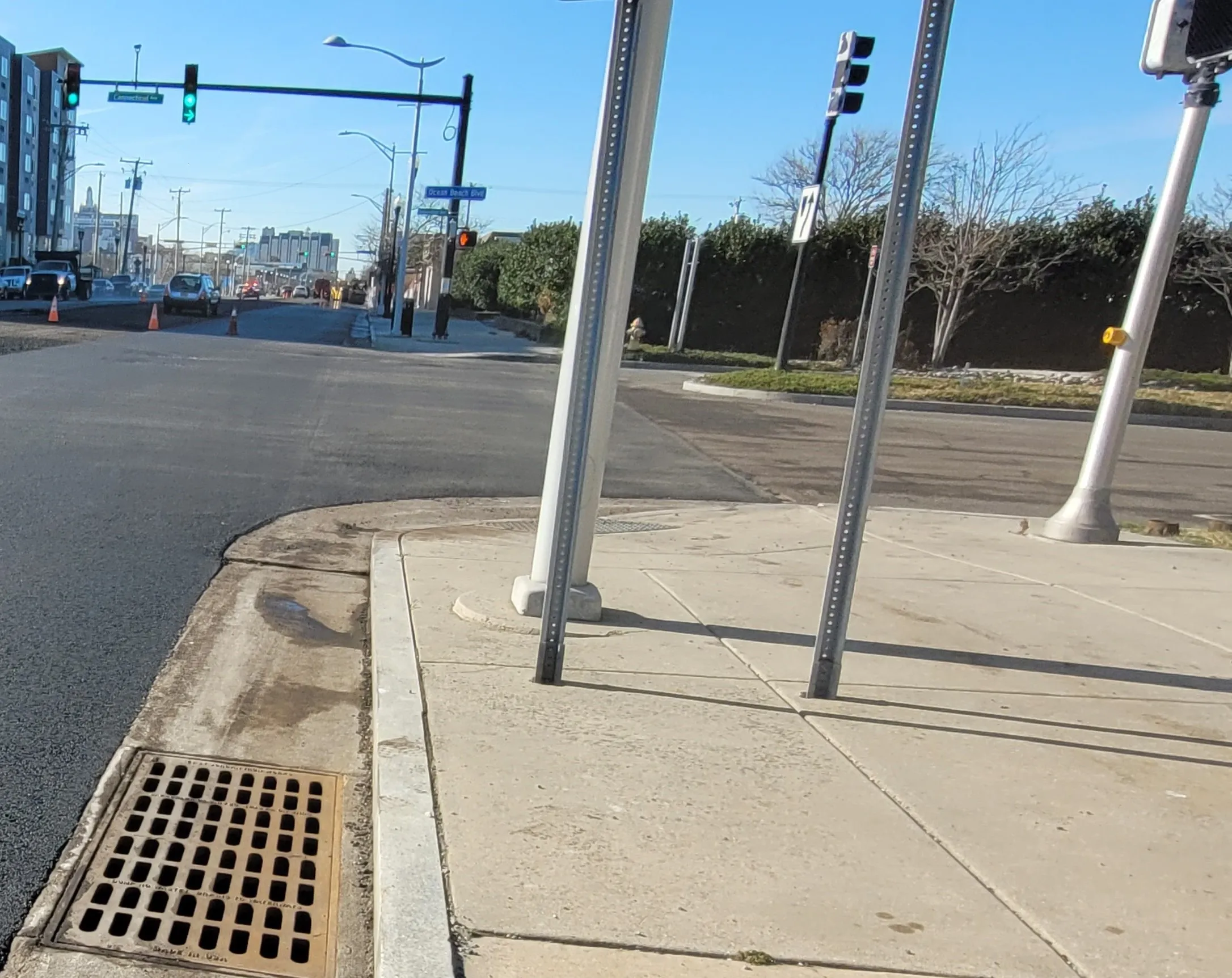
In recognition of US National Traffic Safety Month this past August, I wanted to share alarming statistics around the risks of unsafe driving and highlight a disturbing trend in traffic safety deaths. The reality is that the road to Vision Zero hit a major pothole during the pandemic, and many of those unsafe habits of driving too fast without paying attention persist today. The good news is that many US cities and states are taking new approaches to address issues based on best practices around the globe that can enhance road safety and deter reckless driving behaviours.
AAA reported that a record-breaking 50 million drivers were expected to hit the road in 2023 over the Fourth of July holiday. With higher airfares this summer, many people were driving to new areas where they may not even know what local speed limits are. And despite efforts across the country, the number of deaths from speeders keeps growing.
Vision Zero moving further away
For states and cities, protecting the lives of residents and visitors is a top priority. Many cities enacted Vision Zero safety initiatives well before the pandemic, but today we’re seeing the highest number of pedestrian fatalities in 40 years. The Governors Highway Safety Association (GHSA) reported that at least 7,508 people were killed by cars while walking last year – the worst since 1981, before US states even required seat belts.
Pam Shadel Fischer of the GHSA said the 41-year high signals a “crisis” in pedestrian safety. “We’ve focused so much on making vehicles safer for the people inside, but we’ve sort of lost track of what we are doing for the folks outside vehicles to really address their safety,” Fischer said.
While the US appears to be moving further away from zero traffic-related deaths, examples from countries around the world show that progress is possible and that zero is attainable.
Awareness improves safety
One solution that addresses safety for the driver and vulnerable road users – those outside the vehicle – is an automated enforcement programme that can change the dangerous driving behaviours that put people at risk.
For example, at Verra Mobility our number one goal is safety - not only for the driver but also the pedestrian, which is why we work with cities across the country to implement programmes to enforce road safety. We just recently implemented the “Zero In” pledge where drivers can take a commitment to put safety first by reducing speeds and stopping distracted driving, leading to safer roads, safer speeds and safer communities for all.
Federal data suggest that automated traffic enforcement can reduce costs of enforcement, lessen the danger for law enforcement officers, and increase the perception of drivers that there are consequences for violating traffic laws. The state of Hawaii saw 1,879 crashes caused by traffic signal violations between 2015 and 2020. Last year, the state started deploying red-light safety cameras at 10 intersections, resulting in 6,311 citations. The Insurance Institute for Highway Safety (IIHS) found a 21% reduction in red-light running fatalities in large cities with cameras. "Well-publicised camera programmes discourage would-be violators from taking the odds that they’re going to get caught," vice president of research at IIHS Jessica Cicchino noted.
“Given what we know now, I have to ask why we think it’s OK for so many people to die each year, when we have the technology, the laws and the best practices from other regions we can use to make our roads safer?”
Communications and education have always been a critical part of traffic safety efforts and are a key part of the modern Vision Zero framework. While automated enforcement programmes are proving to be a vital component in improving traffic safety, community education is required to create a culture of responsible driving and reduce accidents on our roads.
These safety programmes are typically initiated by cities, counties and school districts to reduce speeds, improve intersection safety and prevent vehicles from committing dangerous activities like passing a stopped school bus. Today local governments, law enforcement agencies and safety organisations are collaborating to develop educational initiatives that resonate with their communities and highlight driver responsibility. San Francisco has focused on education programmes designed to reduce speeds by showing how increasing speeds lead to much more severe accidents. New York used the message “Your Choices Matter” to remind drivers of their personal responsibility.
Embracing new safety use cases
Automated enforcement is also expanding as a way to slow down drivers. Connecticut is piloting a speed safety camera programme to help protect road workers and maintenance crews, as is New York, rolling out speed safety systems in active work zones along New York State highways. Colorado has passed legislation allowing for the expanded use of speed cameras and new authorisations for protected bike and transit bus lane enforcement. Florida is adopting automated enforcement for school zones and school bus stop-arm detection as an important step to protect children.
These legislative advancements highlight the growing recognition of these programmes’ effectiveness in improving road safety and the need to address the unacceptably high numbers of traffic-related fatalities and injuries.
Along with the potential penalties, even the presence of a sign warning drivers about automated enforcement systems can “enable drivers to come into compliance before crashes or enforcement events occur”, according to NHTSA. The federal agency notes that the best-controlled studies suggest injury crash reductions relating to the introduction of speed cameras are likely to be in the range of 20-25% at conspicuous, fixed camera sites. Similarly, in South Australia, injury crash data for 35 safety camera intersections showed an estimated reduction of up to 21%.These automated systems are also a force multiplier for law enforcement, improving officer safety and providing an opportunity to focus resources on other community priorities.
Today safety efforts in the US are lagging behind other developed countries. The CDC has reported that the rate of crash deaths in America is 2.3 times higher than most high-income countries. Last year, NHTSA estimated that 42,795 people died in the US from motor vehicle accidents.
Given what we know now, I have to ask why we think it’s OK for so many people to die each year, when we have the technology, the laws and the best practices from other regions we can use to make our roads safer? Automated enforcement programmes have shown remarkable effectiveness in reducing crashes and changing driver behaviour. As NY puts it, “Your Choices Matter.” Helping to educate drivers about local laws and improve awareness of how fast they’re travelling will help drivers make better choices and improve road safety for everyone.
Content produced in association with Verra Mobility









